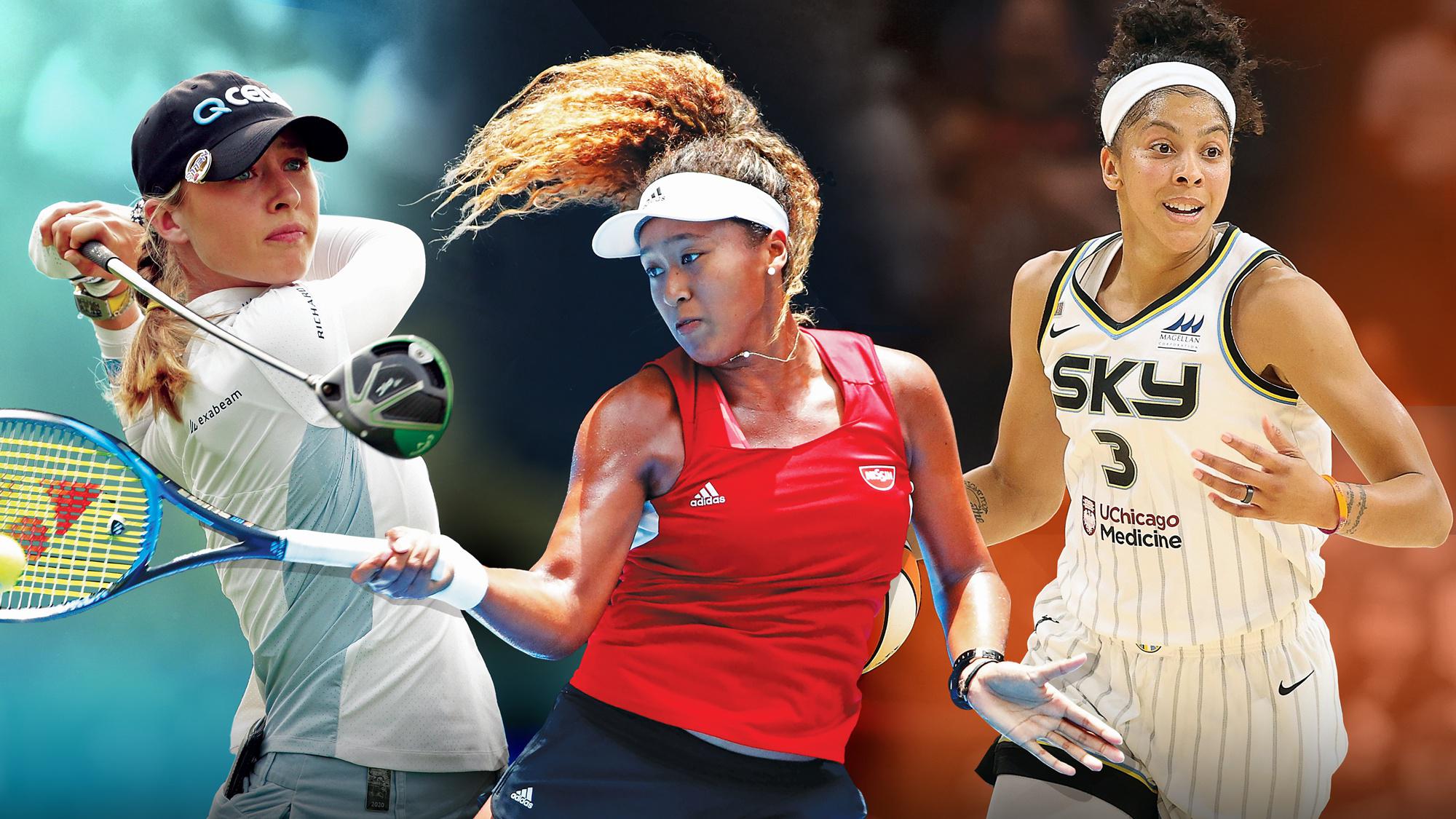
Football & Cricket Turf Booking At 4lions Academy In Pune
1 Feb 2023

By Playspots Aug 1, 2022
Why should boys have all the fun?
To all the she-sports fans and video gamers out there, we have great news!! EA Sports FIFA23 released its newest poster a couple of days ago. And finally, for the first time, a female has been featured in the poster. The poster has Kylian Mbappe and Sam Kerr on its poster. EA Sports FIFA23 and the next evolution HyperMotion2 Technology has set a new standard and now features women’s club teams with Barclays Women’s Super League and Division 1 Arkema, making it the world’s most authentic football experience. For the very first time, fans will have the opportunity to play both the men’s and women’s FIFA World Cups in the same game, with the FIFA World Cup Qatar 202 and FIFA Women’s World Cup Australia and New Zealand 2023.
The inclusion of female representation in the FIFA23 is a huge step in the direction of progress for the world. The representation of women in sports has been much less, compared to men, due to the societal status assigned to this gender. Thus, the journey of women’s achievements in the field of sports has been characterised by struggles, hardships and numerous rejections.This being said, women have always strived in sports and have brought many laurels to their motherlands during the past years. In fact, tracing the history of women’s participation in sports, it is seen that women have been active sports people for centuries. Diving into a brief history of women in sports, the earliest hint of female participation in this field is found in ancient Egyptian and Greek civilizations. Carvings on Egyptian tombs and evidence from Greece show that women participated in ball games, swimming, horse-riding, racing and wrestling. It was the Medieval Age that witnessed the decline of female presence in sports, which was a result of women being stigmatised for their involvement in sports and physical activities. There was a gradual approval of women’s involvement in sports like golf, croquet and archery, between the 16th and 19th century, as these games did not require much physical strength. But the first Modern Olympics held in 1896 barred women from participating. A few women were brave enough to protest against this. However, many during that time believed that physical activity could adversely affect women’s reproductive health and make them look unattractive to men, so it was looked down upon.
The efforts of Federation Sportive Feminine Internationale, a platform started by women’s sport advocates in 1921, to help in female participation in international sports paid off in the initiation of the first Women’s Olympic Games in 1922. In the 1950s and 60s, the Asian Games and All Africa Games represented women to demonstrate their freedom from the colonisers. The starting of the 1990s witnessed the institutionalisation of women’s participation in sports. All new events at the Olympics had mandatory women’s participation, and sports became a source of economic empowerment for many women. The 2012 Olympics were a benchmark for women’s achievement in international sports, as all represented countries sent women participants for all sporting events.
From there, we have come a long way today, and there is much more to go. So let’s keep fighting, and making this world a more fun place for all sportspeople and sports lovers irrespective of gender.